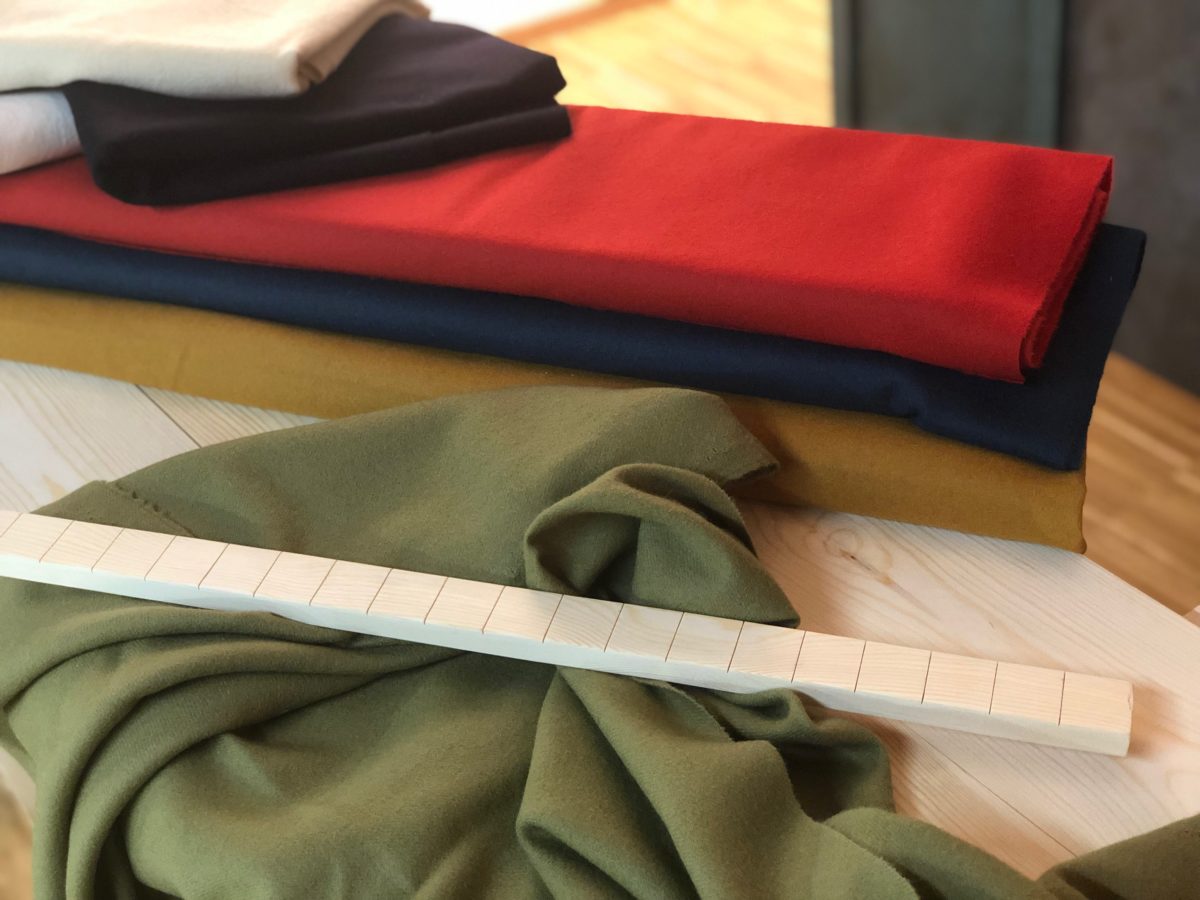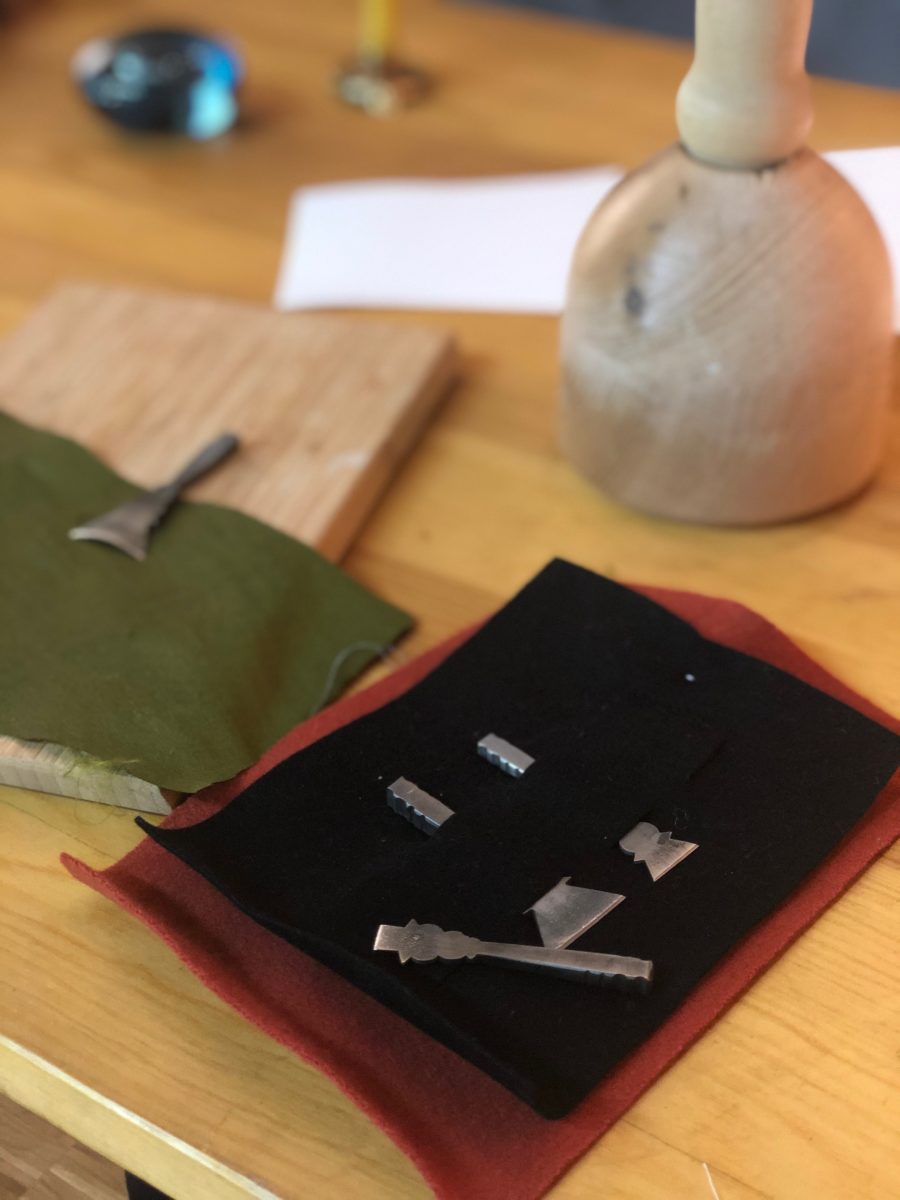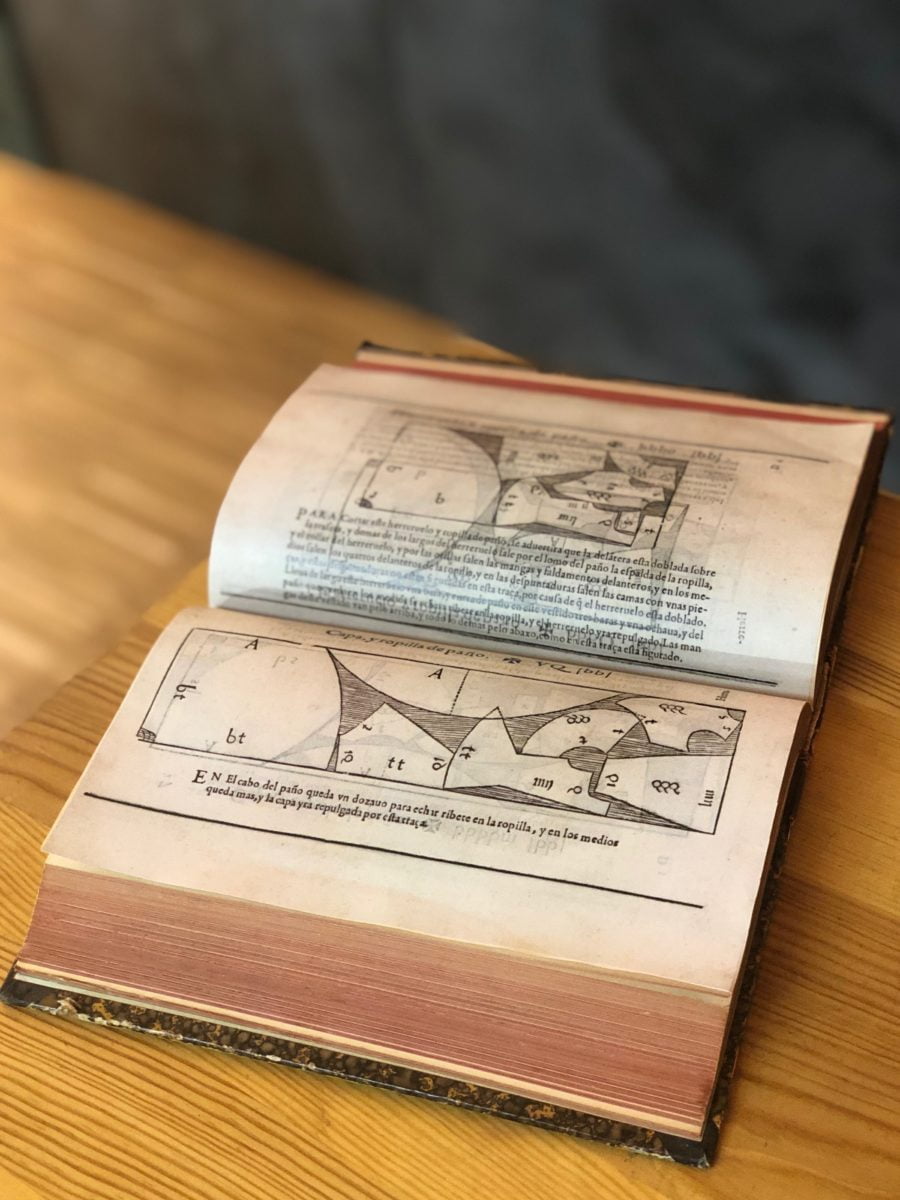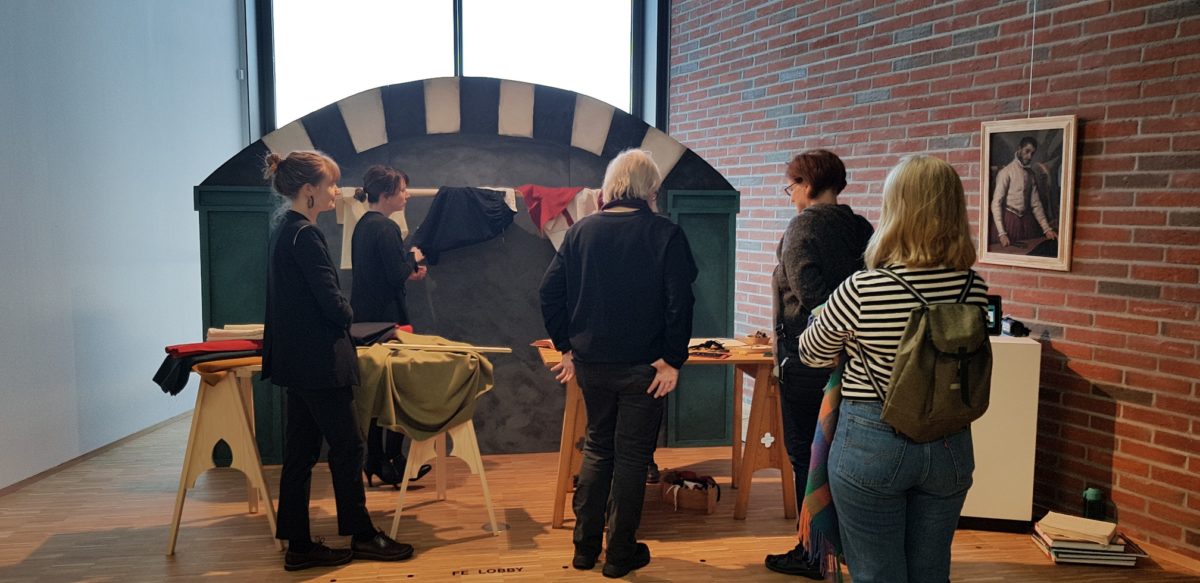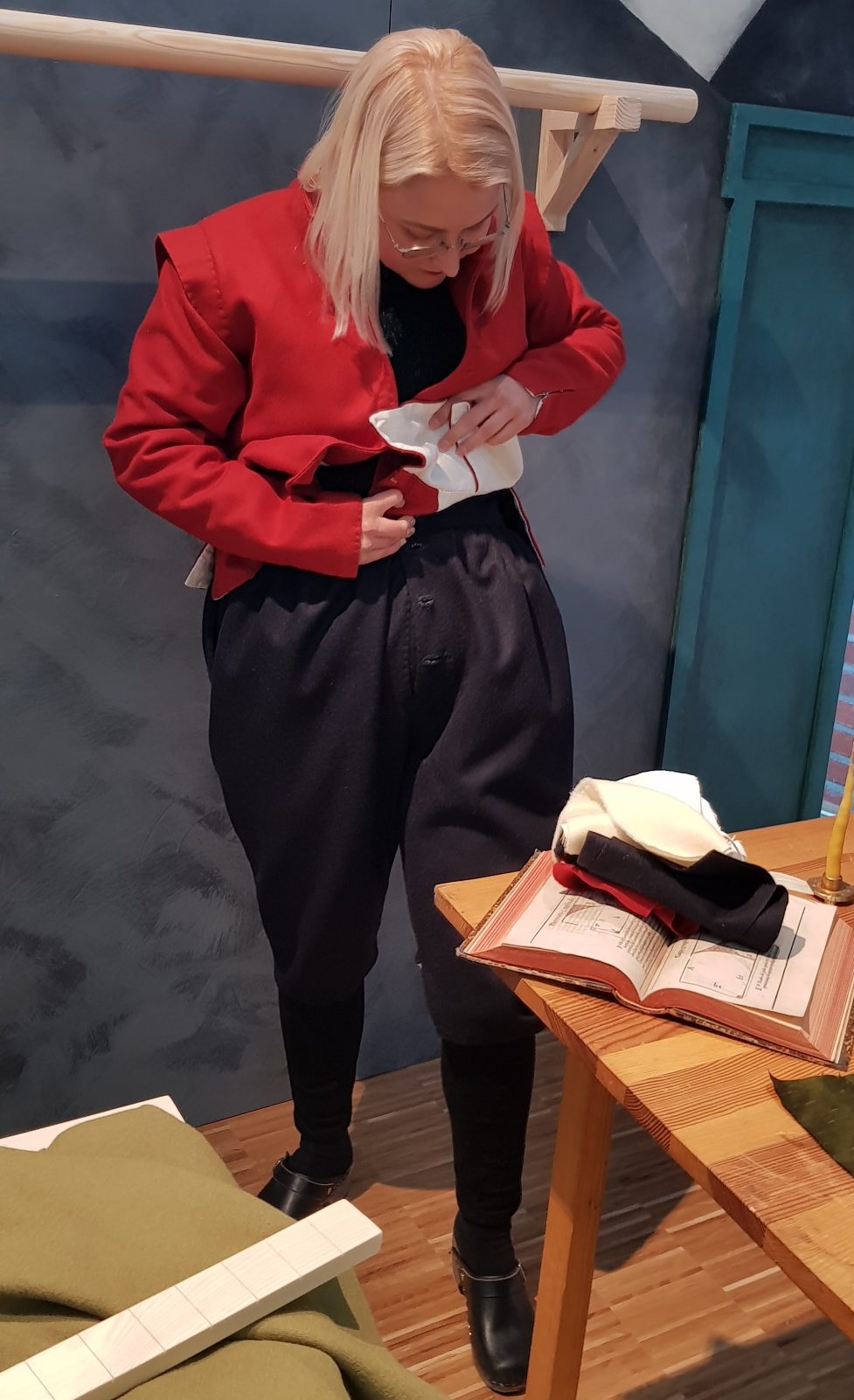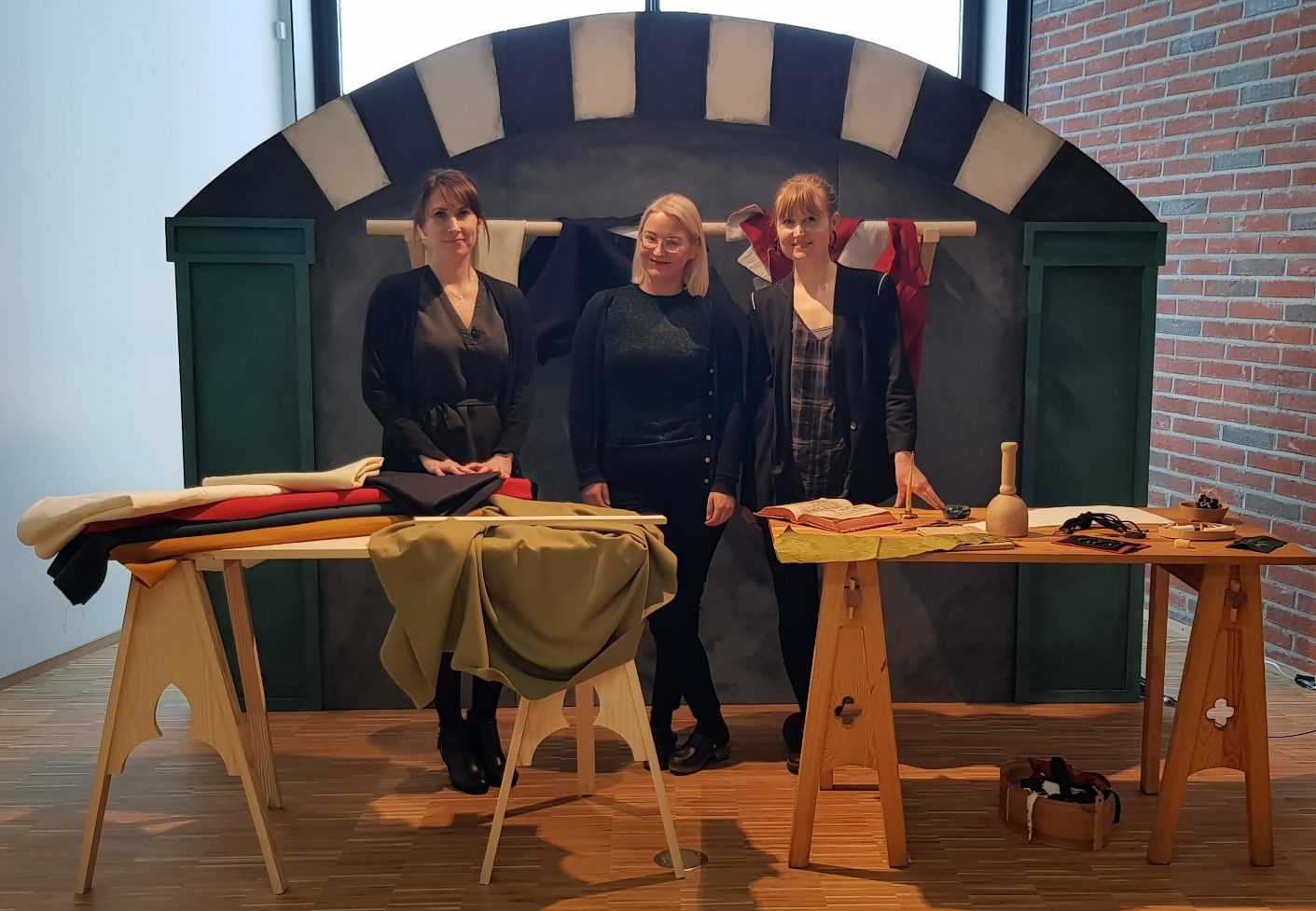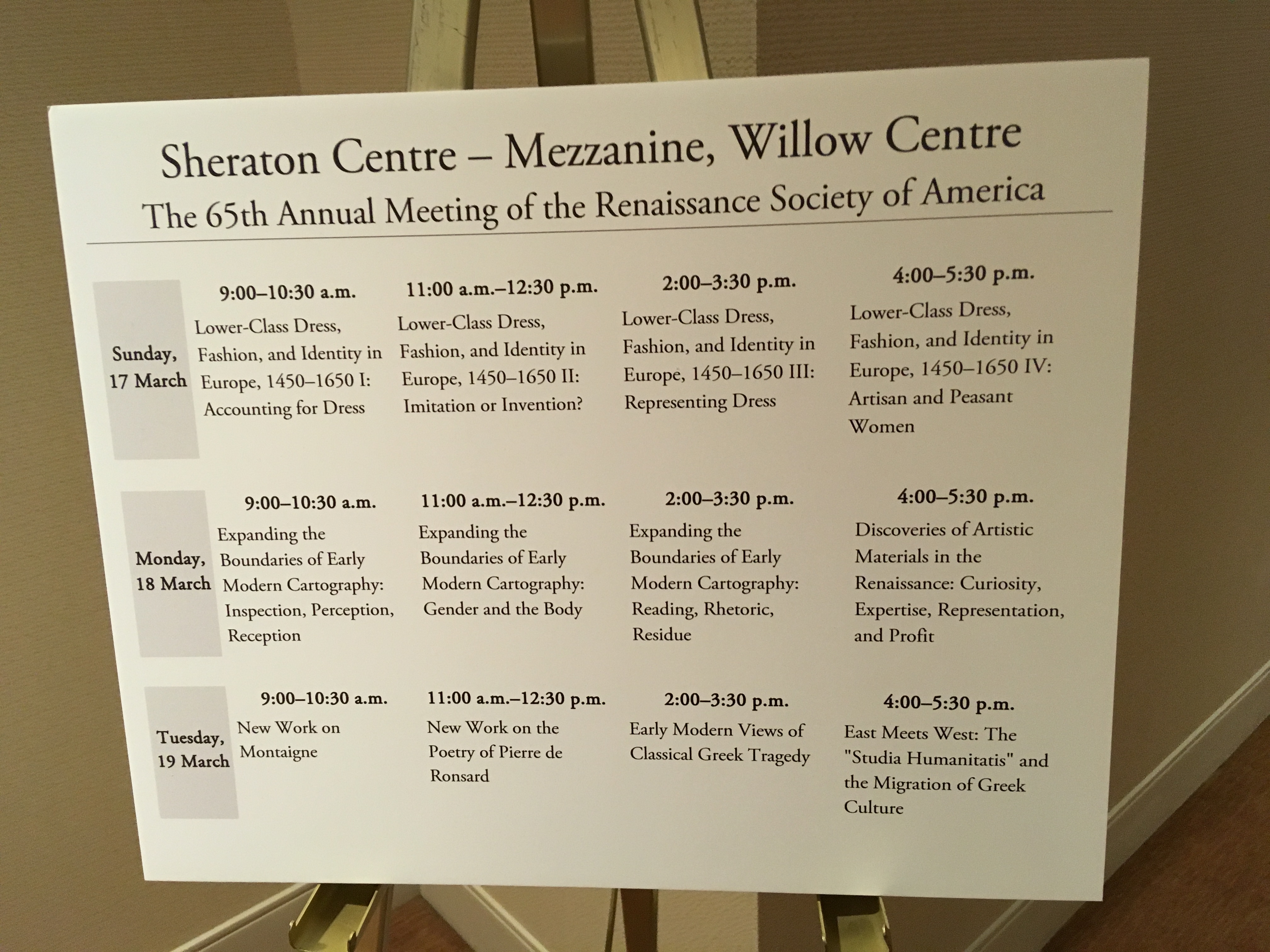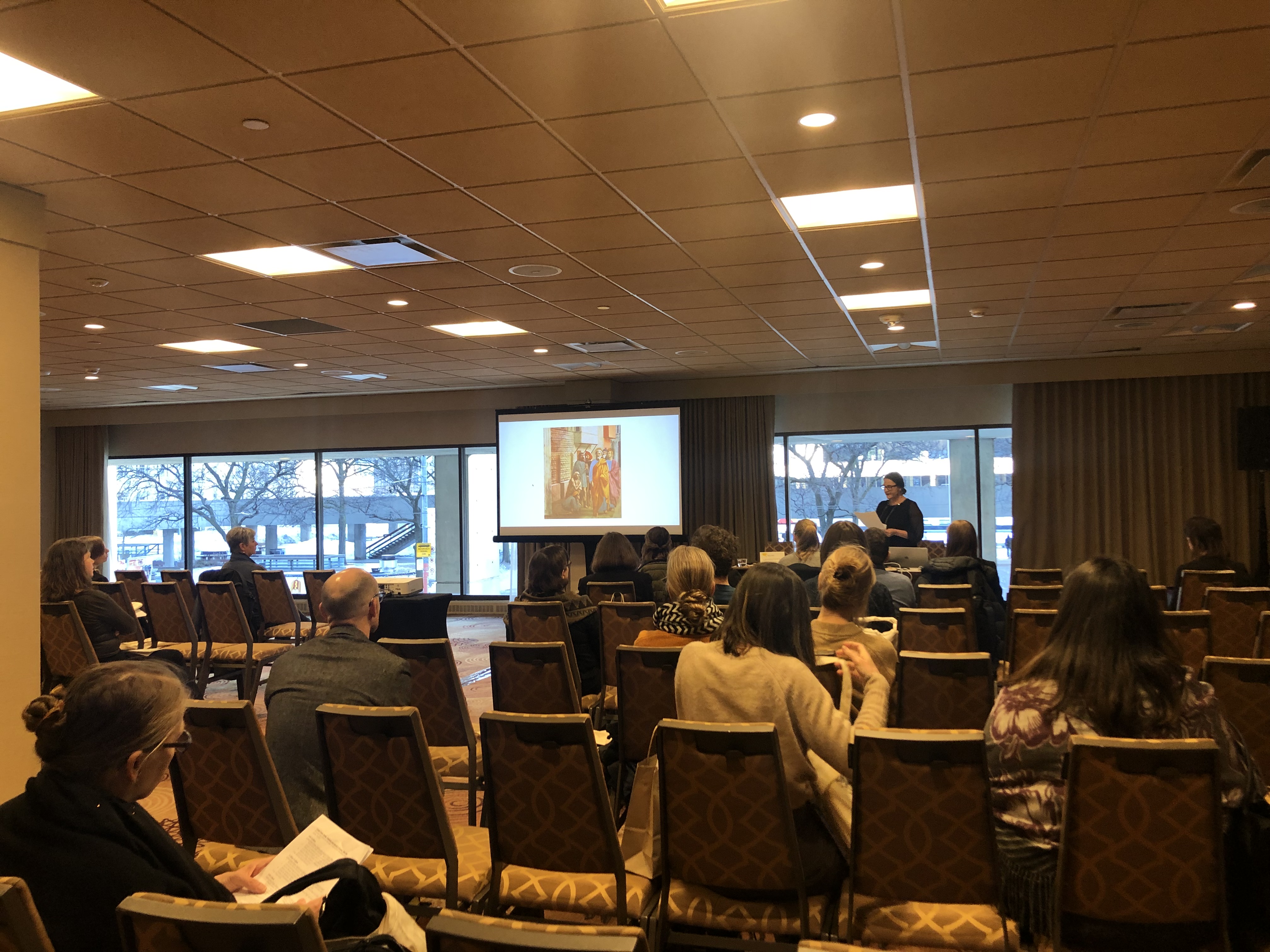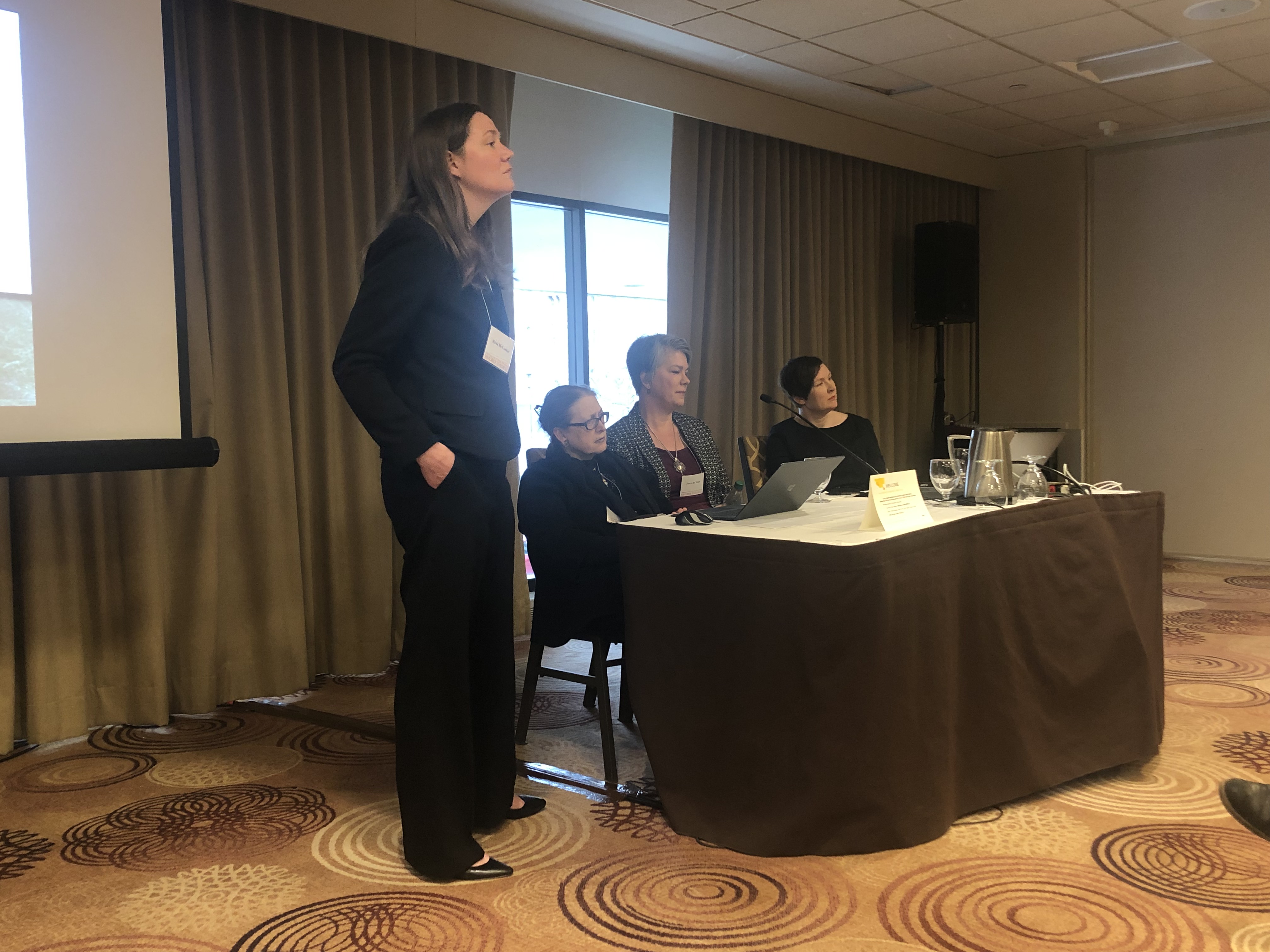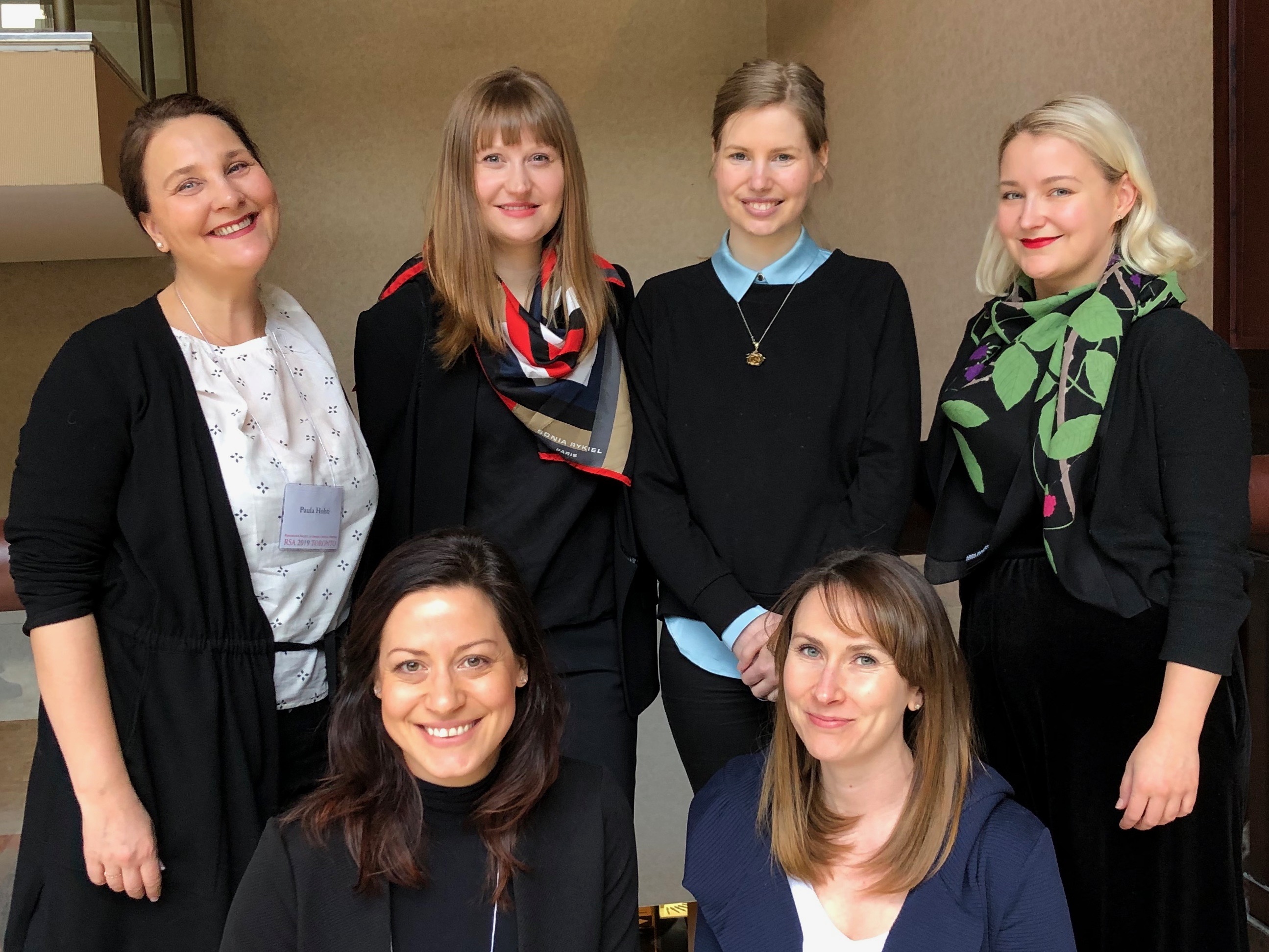Dress under the Microscope conference in Lisbon, 12–13 September
This year our project has delved deep into experimental work, and we have spent a lot of time thinking about different traditional techniques, scientific experiments, and methodology. Sophie Pitman and I were very excited to take part of the Dressing the Early Modern Network’s conference Dress under the Microscope: Contributions of Science and Technology to the Study of Early Modern Dress in Lisbon on 12–13 September 2019. The conference was organised in the National Museum of Theatre and Dance. The aim of the conference was to generate a discussion on how science and technology complement other approaches in the interdisciplinary field of early modern dress.
The conference programme offered a varied and nuanced look into this subject. Some of the presentations concentrated on specific scientific methods and their use, such as Jenni A. Suomela’s paper on plant fibre identification and Ana Filipa Serrano’s on various non-invasive techniques for textile studies, while others discussed the methodology in a broader sense, such as Jane Malcolm-Davies’ paper on dating knitted objects and Annelena de Groot’s paper on reconstructions. We also heard several interesting case studies on how these methods have benefitted research. Another very interesting topic was the use of databases and digital data analysis.
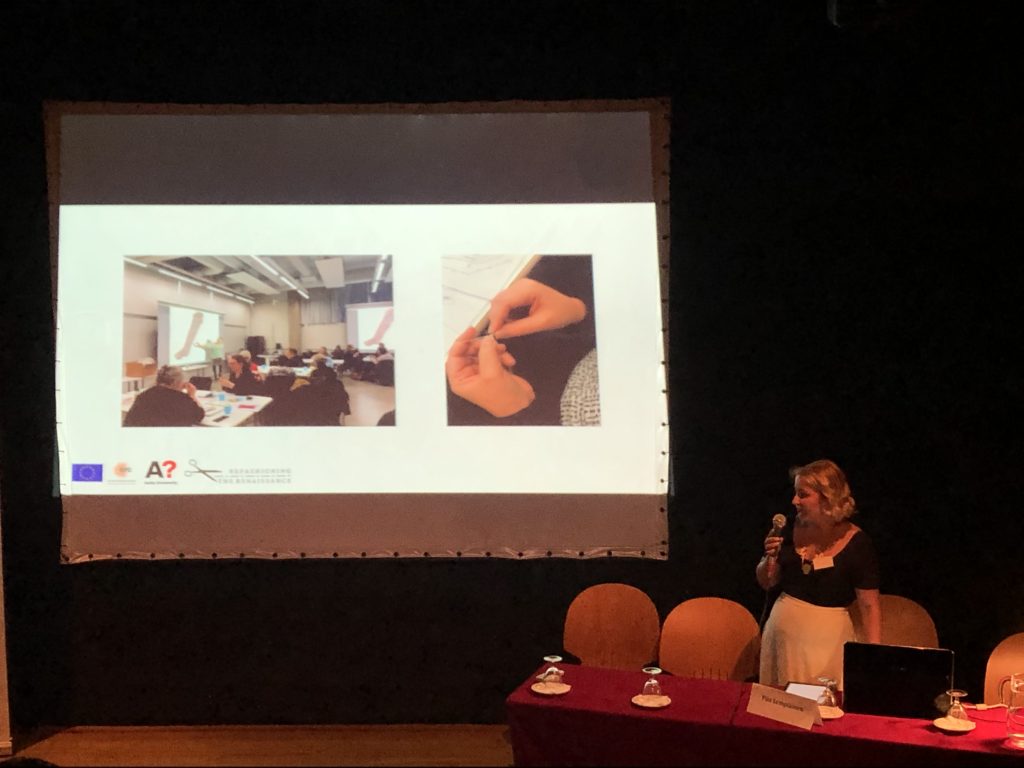
Piia Lempiäinen presenting at the Dress Under the Microscope Conference. Photo: Refashioning the Renaissance.
Sophie and I both presented a paper at the conference. My presentation Stitching History Together: Using Scientific Methods and Citizen Science to Understand Early Modern Stockings, was built around our citizen science project, which I have been steering since the start of this year. Scientific analysis is a central part of the reconstruction of the 17th century stocking in the Turku Cathedral, and my paper discussed what kind of tools and methods this type of research can provide for cultural analysis of historical dress. Sophie’s paper From Microscope to Archive and Back Again: How Microscopes, Social Media, and Collaboration Can Lead to New Findings in Dress History presented a case study of a re-dating of an object based on multidisciplinary methods and close reading, and it will be published in the future.
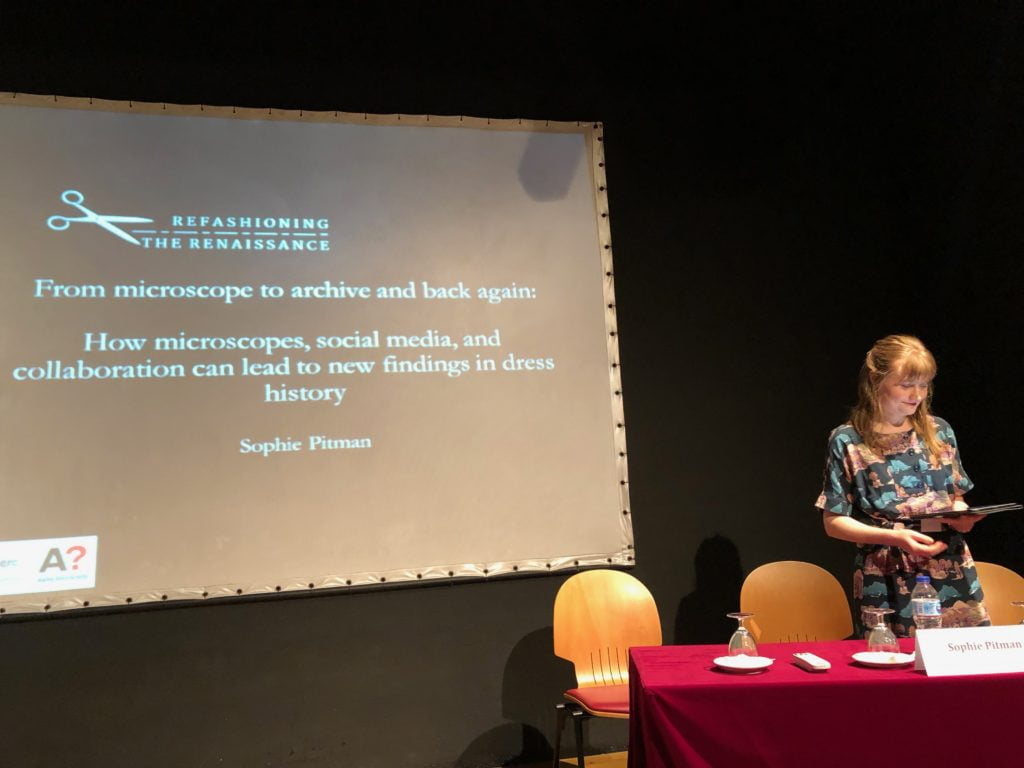
Sophie Pitman presenting at the Dress Under the Microscope Conference. Photo: Refashioning the Renaissance.
In addition of interesting papers, conference programme also included a visit to the beautiful Museum of Costume. We thoroughly enjoyed this fantastic conference and look forward to the next one!
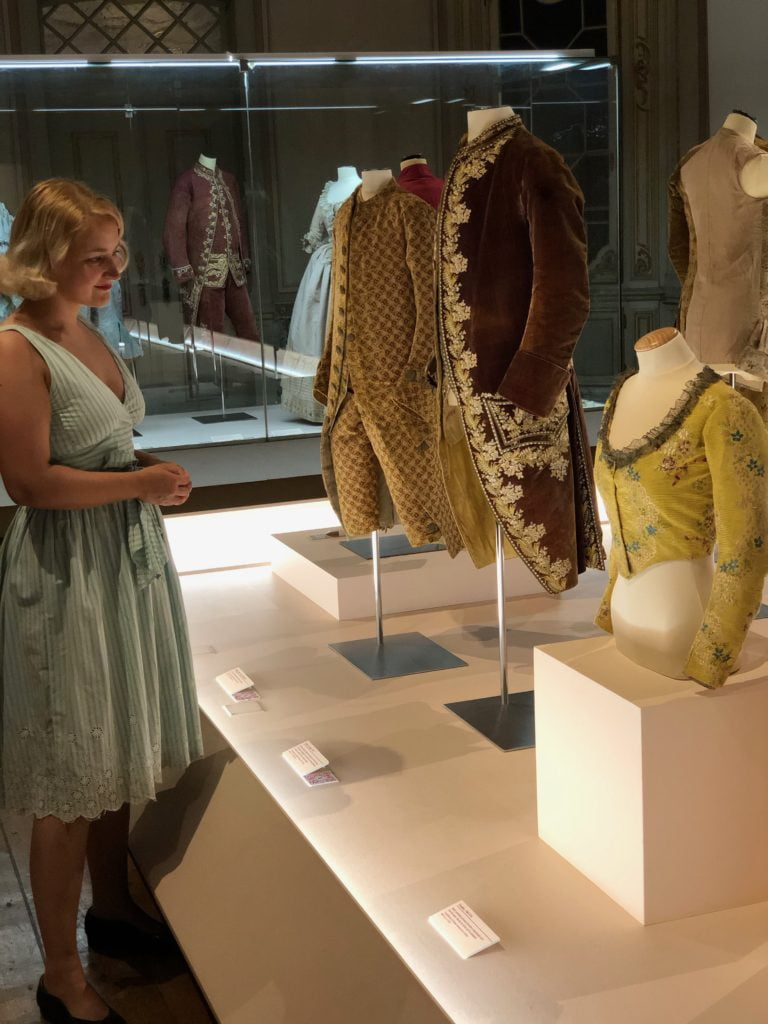
Museum of Costume. Photo: Refashioning the Renaissance.

17th century clothing at the Museum of Costume. Photo: Refashioning the Renaissance.



